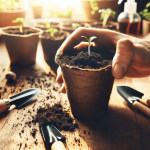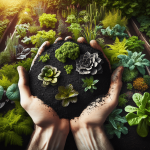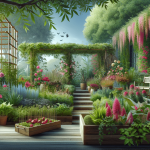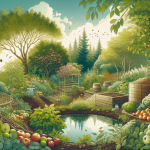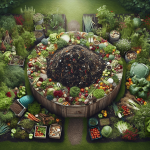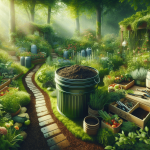This post may contain affiliate links. As an Amazon Associate, we may earn commissions from qualifying purchases.
Have you ever looked at a city skyline and thought about what lies above the buildings? Beyond the usual antennas and HVAC units, there’s a growing trend that you might want to consider: green roofs. As urban areas continue to expand, the question of how to integrate more green spaces into city environments without sacrificing valuable real estate has led to some creative solutions. It turns out that slapping some greenery on rooftops isn’t just for the eco-warriors among us; it has real, tangible benefits that you might find interesting.
What Exactly Are Green Roofs?
First things first, let’s get on the same page about what a green roof actually is. Think of it as a rooftop garden, but with a bit more sophistication. These aren’t your grandmother’s potted plants either. A green roof is a system where plants, soil, and necessary drainage layers are installed on top of a building. They can be as simple as low-maintenance grass or as complex as intricate gardens with a variety of plant species.
Types of Green Roofs
It’s crucial to know that not all green roofs are the same. Here’s a quick rundown:
| Type | Description | Maintenance | Weight |
|---|---|---|---|
| Intensive | Similar to a ground-level garden with diverse plants including shrubs and trees. | High | Heavy |
| Extensive | Usually lightweight with drought-resistant plants like sedums. | Low | Light |
| Semi-Intensive | Falls somewhere between intensive and extensive with more variety but less maintenance than intensive. | Moderate | Moderate |
Understanding the types can help tailor the green roof to suit specific needs and structural constraints.
Environmental Benefits
Improved Air Quality
You might not know this, but plants are like the unsung heroes of the air we breathe. They absorb carbon dioxide and release oxygen while also filtering out particulates and pollutants. Imagine a city where each building contributes to cleaner air just by having a green roof. It’s like turning every rooftop into a tiny, air-purifying oasis.
Temperature Regulation
Green roofs can significantly mitigate the urban heat island effect, where cities become hotter than surrounding areas due to human activities and the abundance of concrete and asphalt. The vegetation absorbs sunlight and provides shade, which cools down the building and surrounding air. Less reliance on air conditioning means lower energy consumption, and who wouldn’t want to save a little money on utility bills?
Stormwater Management
Rainwater doesn’t just vanish into thin air; it usually ends up in our stormwater systems, which can become overwhelmed during heavy rains. Green roofs can absorb a substantial amount of rainwater, reducing runoff and decreasing the risk of flooding. The water that does runoff is filtered by plants and soil, improving its quality before it reaches the drains.
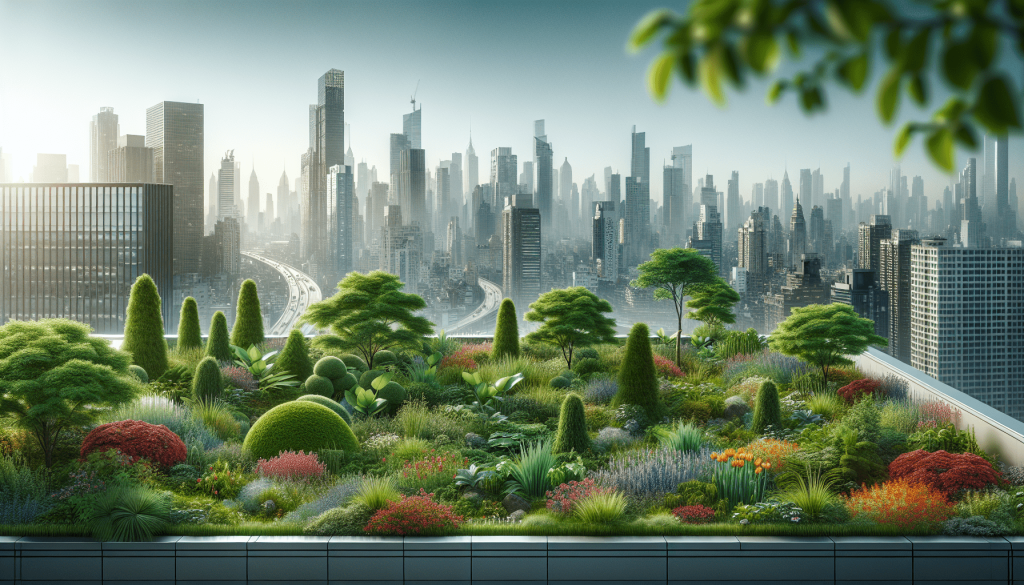
Economic Benefits
Extended Roof Lifespan
You might assume that adding more layers to your roof would degrade it quicker, but it’s actually the opposite. Green roofs protect the underlying roofing materials from the elements like UV radiation, extreme temperatures, and mechanical damage, thereby extending the roof’s lifespan. Just think of the savings in repair and replacement costs over the years.
Energy Efficiency
By maintaining more stable interior temperatures, green roofs reduce the need for heating in winter and cooling in summer. This translates to lower energy costs. According to some studies, green roofs can cut down air conditioning costs by up to 75%. That’s some serious money remaining in your pocket!
Increased Property Value
Who doesn’t want to raise their property value without the usual headaches? A building with a green roof is not only more energy-efficient but also more attractive to potential buyers or renters. It adds aesthetic value and can be a unique selling point in urban environments where green space is at a premium.
Social Benefits
Improved Mental Health
It’s amazing what a little greenery can do for your well-being. Studies have shown that access to green spaces can reduce stress, improve mood, and even enhance cognitive functions. Imagine having a stressful day and just heading up to your rooftop garden to unwind—sounds dreamy, right?
Increased Urban Biodiversity
Ever thought about sharing your workspace with more than just humans? Green roofs can provide habitats for birds, bees, and butterflies, helping to boost urban biodiversity. More green roofs mean more green corridors, supporting wildlife in a concrete jungle.
Community Spaces
Some green roofs are designed as communal spaces where residents or employees can gather, relax, or even grow vegetables. These spaces can foster a sense of community and belonging in otherwise disconnected urban environments. It’s like having a hidden park right above your head.
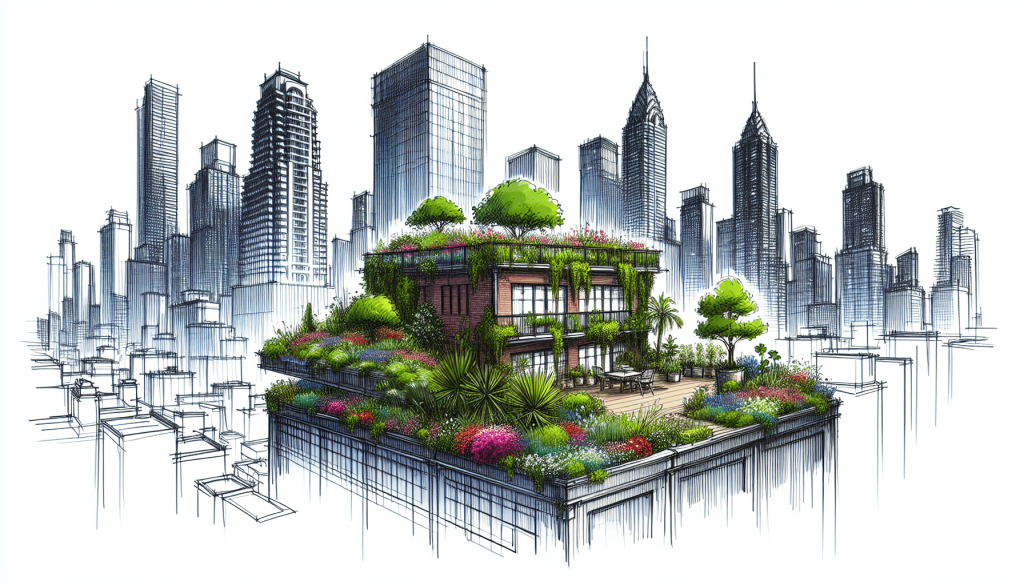
Technical Considerations
Structural Integrity
One of the first things to consider before installing a green roof is whether your building can support the additional weight. Consultation with structural engineers is crucial. The type of green roof you choose will also impact this—intensive green roofs are significantly heavier than extensive ones.
Waterproofing
The last thing you want is water seeping into your building. Proper waterproofing is essential to prevent leaks and water damage. Usually, a special waterproof membrane is installed under the soil and plants.
Drainage Systems
Effective drainage is vital for preventing water accumulation, which can damage both the plants and the building. Most green roofs include layers for drainage and root barriers to ensure that water flows where it’s supposed to.
Plant Selection
Choosing the right plants is also essential. You need species that can thrive in the conditions on your rooftop, taking into account factors like sunlight, wind, and temperature variations. Typically, drought-resistant and low-maintenance plants are preferred.
Conclusion: The Green Roof Future
In summary, green roofs offer a plethora of benefits that go beyond mere aesthetics. They improve air quality, regulate temperatures, manage stormwater, and boost both mental health and urban biodiversity. Economically, they extend the life of your roof, enhance energy efficiency, and can increase property value. Socially, they create spaces that foster community and well-being.
So the next time you find yourself gazing at a monotonous cityscape, imagine the possibilities lying right above—green, vibrant, and beneficial for all. Whether you’re a property owner, city planner, or simply someone who cares about where you live, green roofs offer a convincing argument for a greener, better tomorrow.
If you start considering all the layers involved—from the important technicalities to the myriad benefits—you might begin to see why green roofs are not just an option, but perhaps a necessity for the urban environments of the future.

